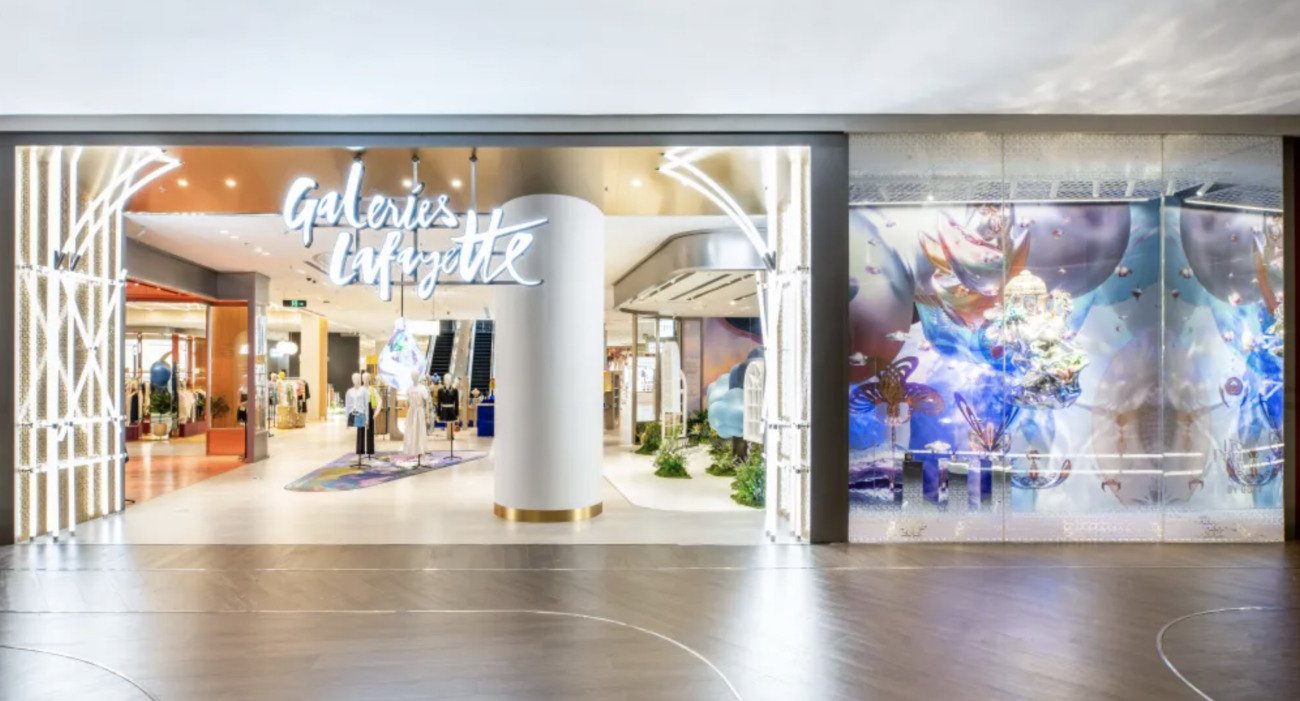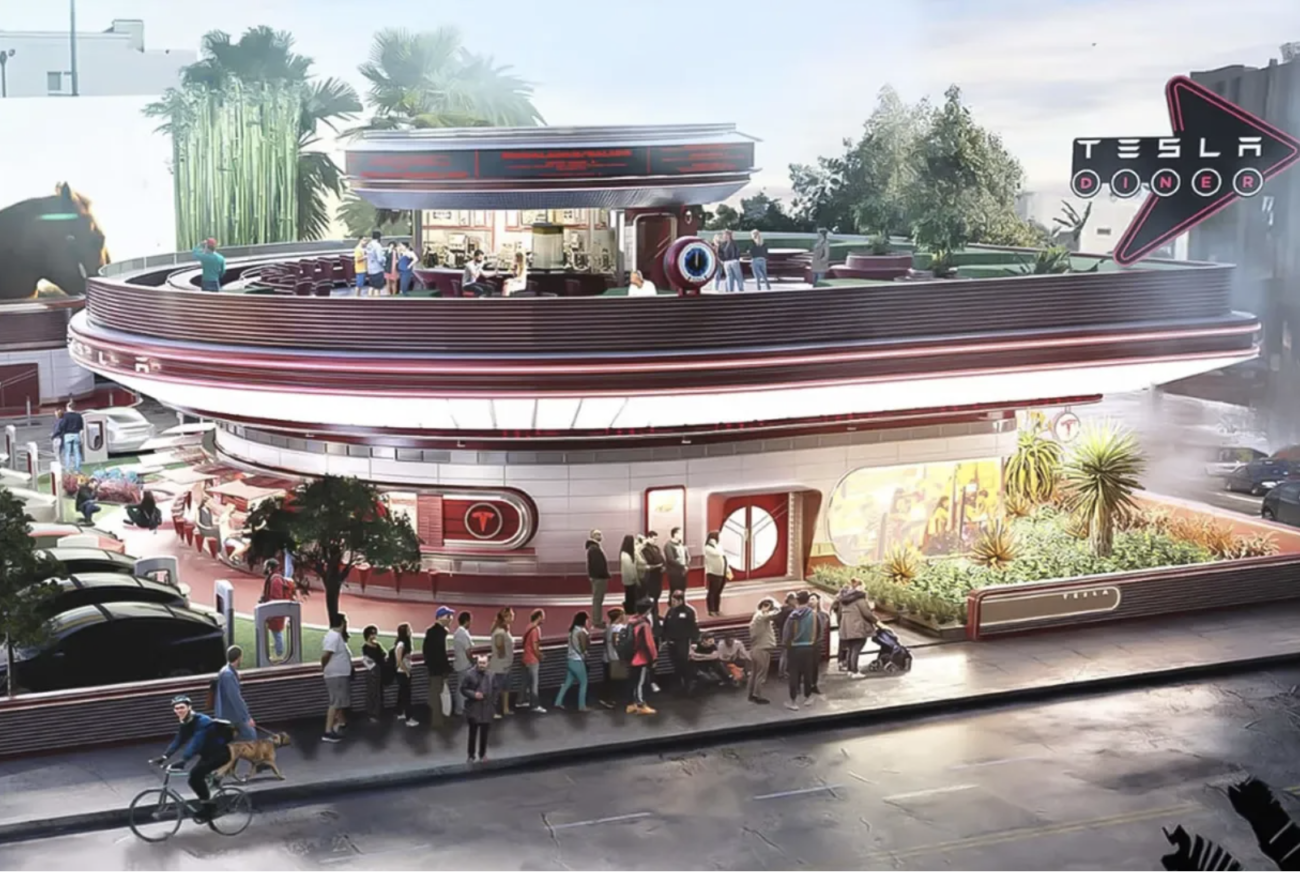How Retailers Are Effectively Using AR – Top Tips
In-store augmented reality features animate products on virtual models and point shoppers to compatible items, bringing the most useful elements of online browsing to physical retail. Augmented reality’s accessibility—based on the mobile camera people already have

In-store augmented reality features animate products on virtual models and point shoppers to compatible items, bringing the most useful elements of online browsing to physical retail.
Augmented reality’s accessibility—based on the mobile camera people already have in their pockets—makes it a valuable medium for online shopping and content marketing that consumers can take advantage of wherever they are. But shoppers carry and use their phones in stores as well, which means there are ample opportunities for AR in physical retail experiences. According to a Daymon study, 61% of shoppers prefer stores that offer augmented reality experiences. 71% of them say they would return more often to retail locations that use AR, and 40% would be willing to pay for the experience.
In response, retailers are developing AR features that allow in-store shoppers to engage with specific items in a more focused, immersive way—bringing product looks, attributes and other information to life. Here are two notable examples in fashion and beauty:
Zara
Zara rolled our AR in its store windows and a sensor within the store to let customers see models come to life on their phone screens—walking and even talking—wearing selected items from the Zara range, which they can then click through and buy.
Alibaba
Alibaba partnered with Chinese shopping centre InTime to launch an augmented reality restroom mirror. Via the mirror, customers using the facilities at the mall can virtually test makeup looks. If they like the products, they can make purchases at an adjacent vending machine using a mobile QR code.
Alongside product visualizations, in-store AR can give shoppers more information about items they’re interested in and suggest others they might like, incorporating those useful elements of online browsing into a brick-and-mortar experience.
 English
English





